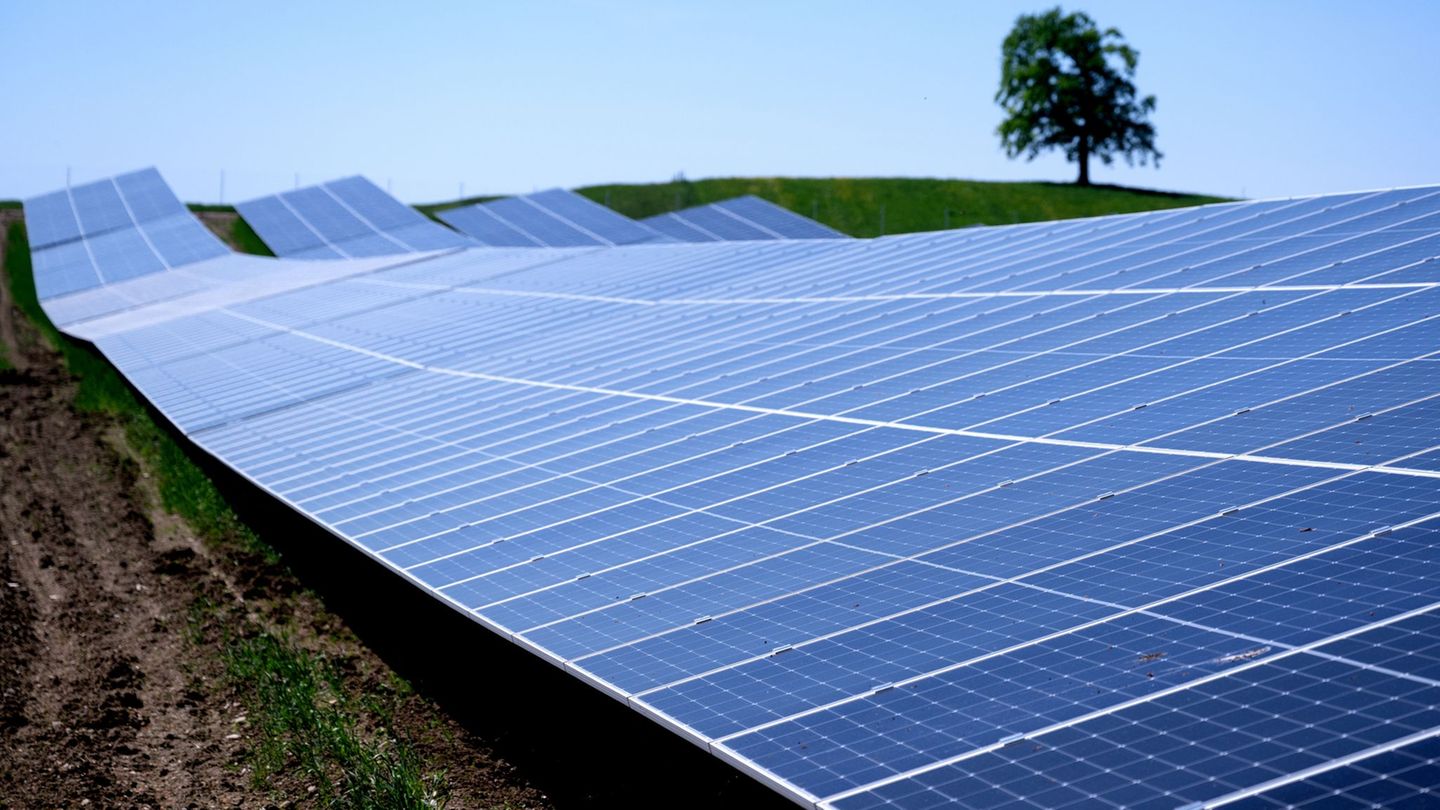Menu
Record in solar power: solar expansion by 2030: Half is done
Categories
Most Read
Resignation of the Prime Minister: Permanent crisis in Paris – how endangered is the euro zone?
October 7, 2025
No Comments
We work to promote macroeconomic stability and growth
October 7, 2025
No Comments
They warn that with the increase in litigation they upload costs for companies
October 6, 2025
No Comments
With the new CPI, registered salaries accumulate a real drop of 11% under the management of Javier Milei
October 6, 2025
No Comments
Latest Posts

A veggie schnitzel ban would be a bad joke
October 7, 2025
No Comments
Opinion A veggie schnitzel ban? How stupid is that? Listen article Copy the current link Add to the memorial list Europe’s conservatives want to ban

Football World Cup 2026: ARD and ZDF show more than half of the games
October 7, 2025
No Comments
Football World Cup ARD and ZDF show more than half of the 2026 World Cup games It is still unclear whether the DFB team will

Resignation of the Prime Minister: Permanent crisis in Paris – how endangered is the euro zone?
October 7, 2025
No Comments
AngelicaI am an author and journalist who has written for 24 Hours World. I specialize in covering the economy and write about topics such as
24 Hours Worlds is a comprehensive source of instant world current affairs, offering up-to-the-minute coverage of breaking news and events from around the globe. With a team of experienced journalists and experts on hand 24/7.

